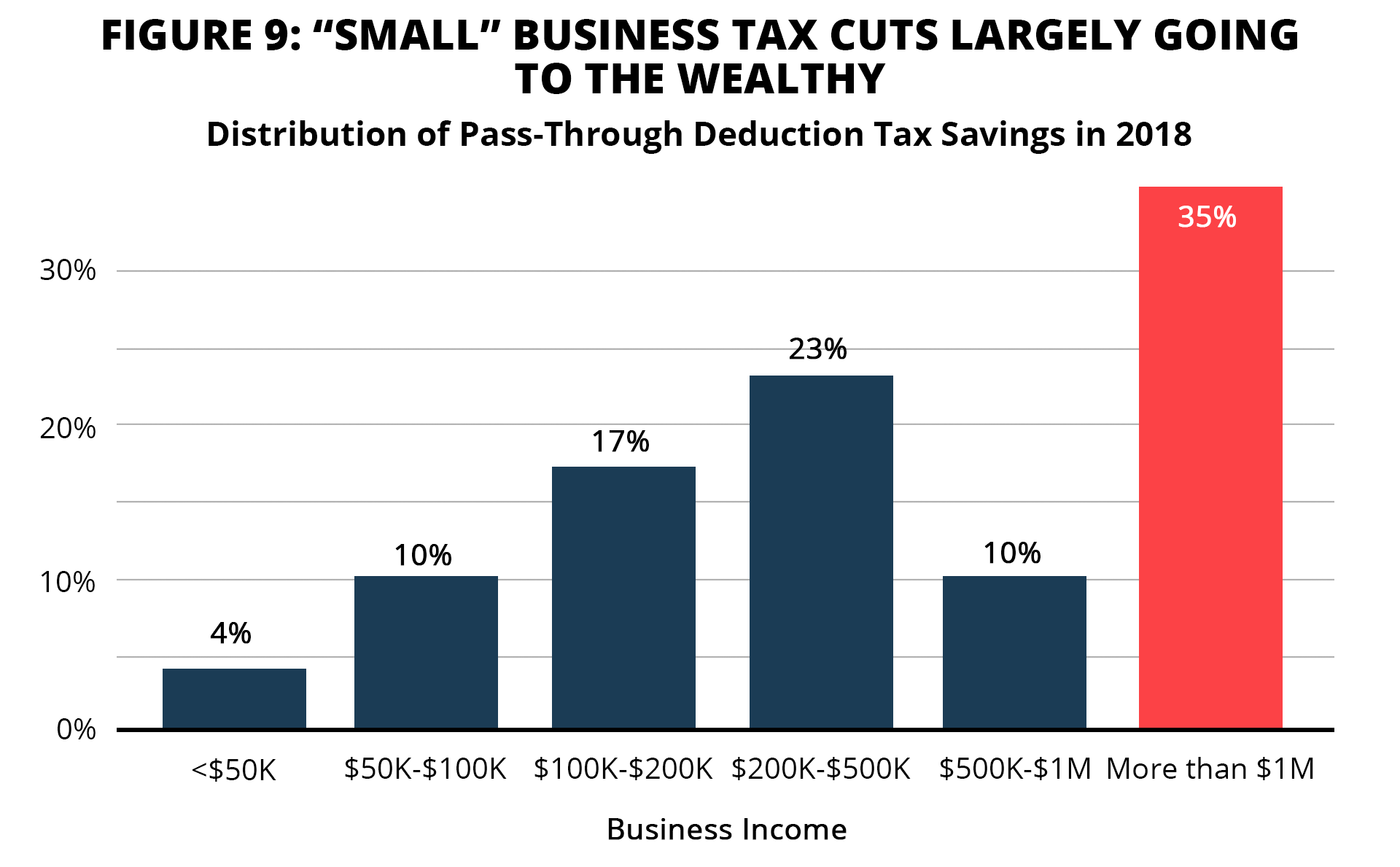

- HOW TO DO FEDERAL TAXES FOR SMALL BUSINESS PRO
- HOW TO DO FEDERAL TAXES FOR SMALL BUSINESS PROFESSIONAL
If you used the services of a lawyer, accountant, CPA, or other tax preparer, you can deduct their fees on Line 17.
HOW TO DO FEDERAL TAXES FOR SMALL BUSINESS PROFESSIONAL
Legal, Accounting, or Professional Services.You must send a copy of the 1099-NEC to the IRS. Before 2020, you would have reported those payments on Form 1099-MISC. You must send Form 1099-NEC to those whom you pay $600 or more. Payments to contractors, freelancers, or other small-business people can go on Line 11. Make sure anyone whose wages are included on this line receives a W-2. You should also subtract any amounts you received as a credit from the work opportunity credit, employee retention credit, empowerment zone employment credit, Indian employment credit, credit for employer differential wage payments, or employer credit for paid family and medical leave. However, you can’t deduct money you paid yourself or any money deducted elsewhere in your return. You can deduct all the money you paid to employees as wages by using Line 26. The good thing is you can claim the money you spend paying these people: Some of these may be regular, full-time employees others might be contract workers or consultants. If you run a small business, you may have to hire people for various tasks. This is also an area where you may want to get an accountant involved. If you leased a car for 30 days or more for business purposes, see the section on leasing a car in Publication 463 for guidance. If you leased any equipment or vehicles, you can deduct the cost on line 20. Rental or Lease of Vehicles, Machinery, and Equipment.These are considered a commuting expense. However, you can’t deduct fees for parking your car at your workplace. Whether you take actual expenses or the mileage deduction, you can still deduct parking fees and tolls. You can’t use the standard mileage rate if you are using five or more cars at once. Maintain a written mileage log to document the business miles driven for the year. The IRS considers commuting expenses between your home and place of business personal miles. If the vehicle is also for personal use, you can only deduct the miles driven for business purposes. For a given vehicle, you can claim either actual expenses or the standard mileage rate if you took the standard mileage rate the first year the car was in service. You can use Line 9 to deduct either the actual expenses of operating your car or truck (such as gas and oil, repairs, license, registration, insurance, and tires) or the standard mileage rate, which for tax year 2021 is $0.56 per mile. Keep an eye on how much you spend in these areas throughout the year so you can make deductions later: To run a business, you must often use various vehicles and machinery.

HOW TO DO FEDERAL TAXES FOR SMALL BUSINESS PRO
Pro tip: To easily locate and keep track of your business expenses, you can use Keeper Tax. Properly tracking your business expenses is very important come tax time, especially if you want to get the most out of your tax returns.Īfter reading this guide to Schedule C deductions, you may find that you’re missing out on some key tax deductions for self-employed freelancers and small-business owners. And how those business expenses fit into your tax picture may be even more mysterious. However, where the money goes is often a little foggier. Whether you’re a freelancer, independent contractor, or side-gigger, you probably have a good sense of what your business income stream looks like. Knowing where you are financially is a critical component. Running a small business puts serious demands on your time, energy, creativity, and talent.


 0 kommentar(er)
0 kommentar(er)
